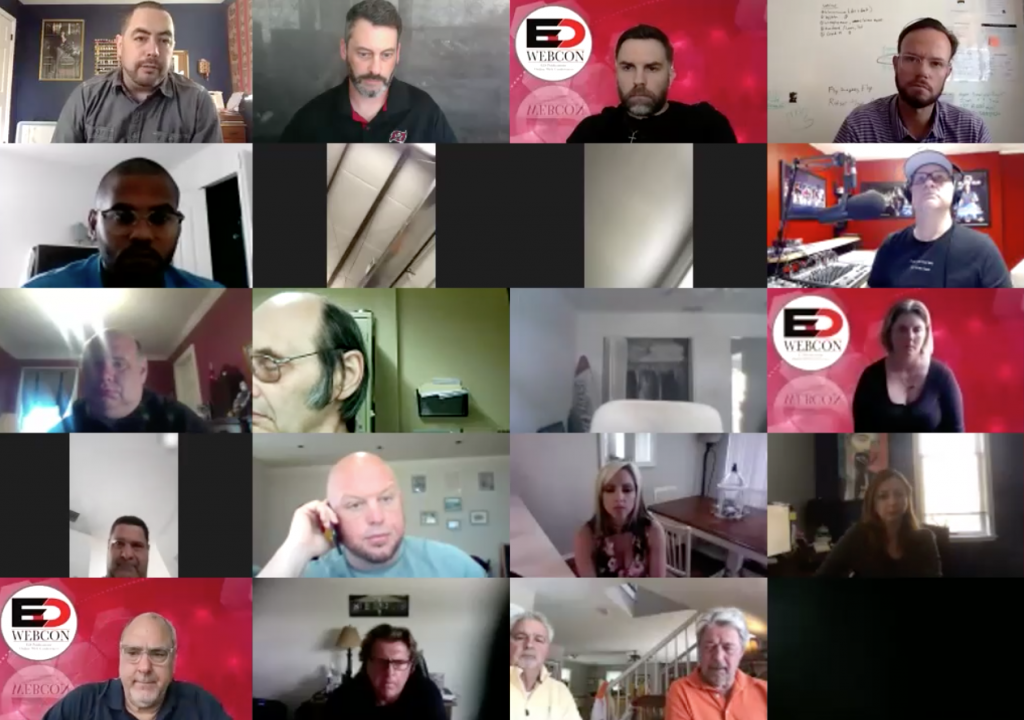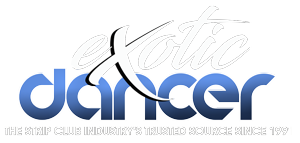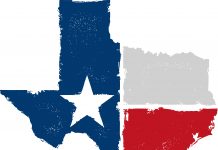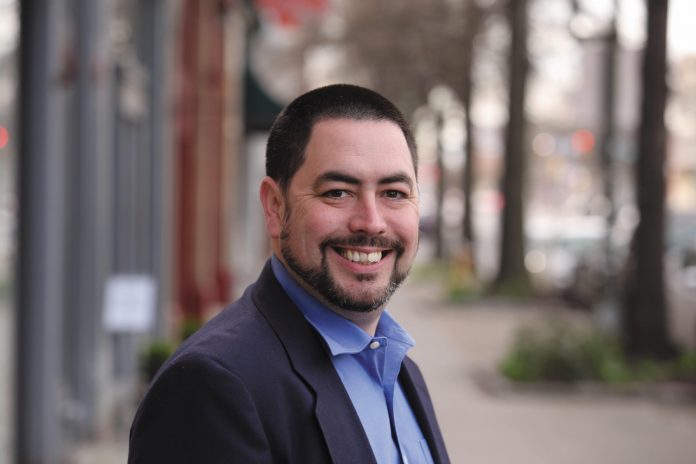Piggybacking off the topic du jour at the first ED Webcon — SBA loans and the PPP — the second Webcon welcomed Dominion Payroll’s director of community engagement Kevin Wilson to speak in greater depth about these important subjects, as money is being loaned out by the federal government in response to the COVID-19 pandemic.
Not surprisingly, many Webcon attendees also wanted to discuss what recourse they have if they’ve been denied SBA/PPP due to the fact that they are an adult business (or, more specifically, a “prurient” business, which are blatantly denied SBA loans and PPP). ED Webcon moderator Dave Manack of ED Publications explained that this would be the specific subject of the ED Webcon on Thursday, April 16th.
“Hopefully you walk away with a bit of understanding of how this program is supposed to work, and help you navigate the loopholes and hurdles to get funded and have your organization be solvent on the other side of all this,” said Wilson during Tuesday’s Webcon.

Wilson, a past restaurateur, said Dominion Payroll has delegated roughly 35 people to a “triage effort to figure out the legislation, give the best advice, offer understanding of these new laws and how to take advantage of them.”
Three weeks ago CARES Act, the third piece of legislative funding surrounding the pandemic, was signed into law. A big part of that $2.2 trillion was $350 billion set aside to stimulate small businesses—a business with 500 or fewer employees; in accommodations or food service that’s 500 per location; in other industries it’s 500 across shared ownership.
The biggest portion of the $350 billion outlay was through PPP. The spirit of that portion of the law to provide quick access to money if a business was just laying people off or dangerously close to it so they could cover payroll expenses for eight weeks in a forgiveable loan.
“The idea is, quite frankly, to keep people on payroll, keep them off unemployment,” said Wilson. “Hopefully that eight-week period is enough that we start to see a turn for the better. I’m advising everybody to look at this as stopgap measures. This is not, necessarily, long-term planning—this is how do we get four, eight weeks into the future? How can my organization be intact and as solvent as possible at that point and recognize there will be more stimulation and bailouts to come.”
The qualifications for the PPP loan are pretty straightforward: 500 or fewer employees and operating as of Feb. 15, 2020 (operating defined as having payroll and submitting taxes).
“It’s pretty wide-ranging in terms of who can apply,” Wilson said.
Benefits include 2.5 times the average monthly payroll cost (salary, wages, compensation, payment of cash tips, vacation, FMLA, retirement and healthcare benefits). The only things that don’t count toward average payroll cost are Social Security taxes and Medicare taxes and federal income tax. If you have local or state tax you’re withholding as an employer, you can count as part of your payroll cost.
“However you’re processing your payroll, get an accurate report and make sure you’re looking at good numbers,” Wilson said. “You can use all of 2019 or use the immediate 12 months prior to applying for the loan. I’d suggest looking at both and seeing which one gets you a higher monthly average—it will allow you to qualify for a larger loan.”
You can use the loan for three key categories of cost: cover payroll cost, rent/mortgage interest payment, and utilities. Really the only qualifications for rent and utilities are that they were pre-existing obligations.
Wilson then discussed approaching the loan at face value and then the possibility of forgiveness (i.e. free money).
Wilson pointed out club owners/execs won’t be applying for these loans with the federal government directly.
“You’re not talking to the SBA, you’re talking to your community banks. Not every single bank is an SBA-qualified lender, but a tremendous number of them are. You shouldn’t have any issue finding a qualified lender,” said Wilson.
“My recommendation would be to start with whomever you bank with. If you already have that relationship, it makes the paperwork easier and it never hurts to have your banker in your corner,” Wilson added, pointing out that a pre-existing human connection could provide flexibility with documents and dispersal of funds.
Another example included having $5,000 left over from a $75,000 loan to cover payroll, rent and utilities. At that point, the party can hold onto the $5,000 at a 1% interest rate with two years to pay it back or return the $5,000 to the SBA “no harm, no foul.”
Part of the loan forgiveness comes from clubs’ ability to get back to their average annual labor force by June 30.
“As they say with everything regarding payroll, document document document. Keep good records, keep this bucket of money separate so you can show the SBA ‘this is what payroll, utilities cost.’
Wilson advised the other way to get forgiveness reduction is to reduce salaries by more than 25%—this can be reducing salaries for anybody.
“Don’t do it more than 25%,” Wilson said. “It may be necessary in order for your business to be solvent but it will be a direct dollar reduction of your forgiveness amount beyond the 25%.”
Some other tidbits on the loans: no collateral required, the SBA guarantees the loan 100% as the co-borrower on this. The program is available until June 30, 2020.
The eight-week period is what to focus on as far as what’s forgivable. The eight-week period starts when funds are dispersed.
“When the dollars hit your bank account, the clock starts ticking,” Wilson said. “This is where that relationship with your SBA lender could come in handy. The lender does have the latitude to waive up to 10 days in terms of dispersing funds once they’ve been approved. I don’t know that every lender will work with you, but it can’t hurt to ask.”





























